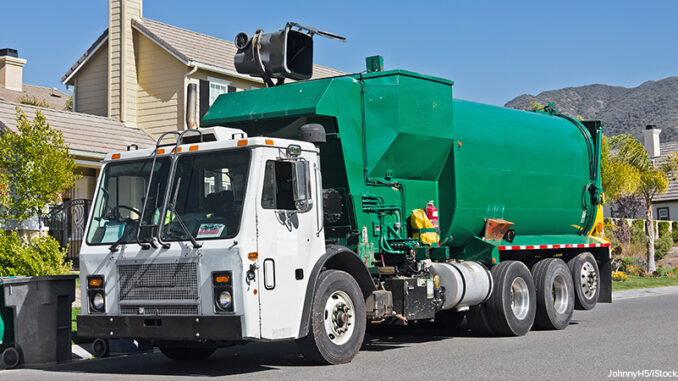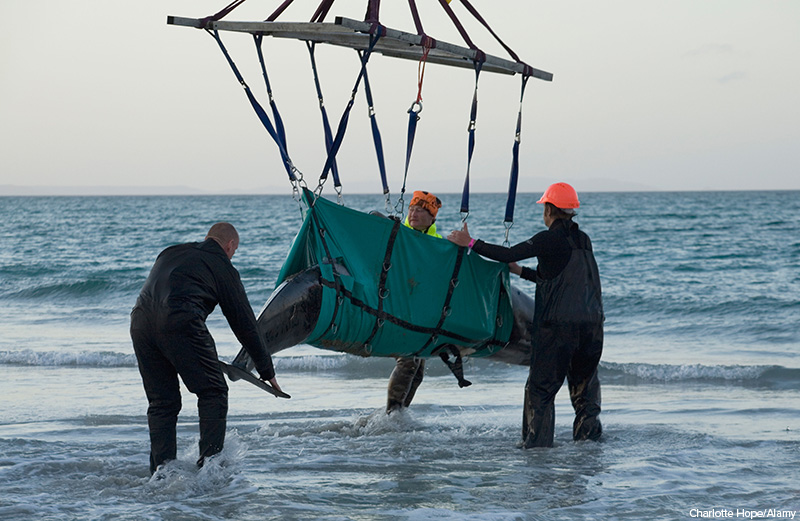
Colonialism on Trial
It’s a tricky issue: a museum in one country puts on exhibit artifacts from another culture. Museums make it possible for the world to see and appreciate these objects. Sometimes, these objects represent the difficult story of colonial histories when powerful nations claimed cultural items from the regions of the world they once colonized and controlled.
This debate is at the center of an important court case in France right now, where Mwazulu Diyabanza, a Congolese activist, will stand trial this week for attempting to steal African artifacts from museums. In June, Diyabanza bought a ticket to enter the Quai Branly Museum in Paris, then live-streamed himself speaking out against colonialism and cultural theft. He then tried to walk out of the museum with an African artifact. Diyabanza did the same thing the following month at the Museum of African, Oceanic and Native American Arts in Marseille, France. And in September, he did it a third time, this time at the Africa Museum in Berg en Dal, the Netherlands. Each protest followed the same pattern: Diyabanza purchased a ticket into the museums, live-streamed a speech against colonialism, and then attempted to leave with a piece from the museum’s collection. Museum personnel prevented his departure with the artifacts each time.
Diyabanza’s supporters argue that he took the objects as an act of political protest. He was not attempting to steal the items for personal gain. They defend his actions by saying that he has only done what France and other colonial powers have done in the past: taken things that didn’t belong to them. France currently holds about 90,000 objects from sub-Saharan Africa in its museum collections. Three years ago, French President Emmanuel Macron promised to return much of these cultural objects to their country of origin. But so far, only one item has been returned.
What Do You Think? What do you think of this form of political protest? Explain, remembering (as always) to be sensitive with your answer.
A National Trash Crisis
The impacts of COVID-19 has been a big topic of conversation for months. And everyone is still trying to understand the pandemic’s effects on our lives. For example, as people spend more time in their homes, American households are seeing higher-than-usual grocery bills, as well as other additional costs such as having to pay for improved technology and internet access. But something else is being impacted as well: garbage. As Americans stop going to work and school and stay home instead, they produce higher-than-usual amounts of garbage in residential areas. In fact, the Solid Waste Association of North America has reported that the amount of residential garbage is up by 25 percent.
Why does this matter? Because usually, when people are at school or work, their trash winds up in a dumpster. Dumpsters are then picked up by large, commercial trucks. But right now, those dumpsters are sitting empty, while residential sanitation workers–who may not be equipped for this increased volume–are bearing the brunt of the work.
What to do about the problem? Sanitation workers suggest that you re-route as much garbage as you possibly can to recycling or compost. At the very least, make sure that your trash bags are tied up and placed where they should be, to make it as easy as possible for your garbage to be collected.
Dig Deeper Make a list of at least five ways that you can decrease the amount of trash leaving your home during the pandemic.
Whale Rescue
About 150 miles south of Australia is the island of Tasmania, where roughly 470 pilot whales were beached on three different sandbars last week. It is not unusual for whales to become beached in this area. In fact, whales and dolphins are reported stranded in Tasmania about every two to three weeks. And this type of whale is especially vulnerable to mass beaching, because they are very social and tend to travel in large groups. In this case, it’s unknown whether the animals wound up on the sandbar because they took a wrong turn, because they were chasing prey, or because they were following a dying leader who was trying to intentionally beach herself.

But just because it happens frequently doesn’t mean that freeing the whales was an easy task. And the fact that there were so many this time–it was one of the largest beaching incidents ever recorded anywhere in the world–made the rescue effort especially difficult. Twenty-five of the animals already perished before the rescue mission even began. So how does one go about freeing several hundred pilot whales? The rescue effort involved twenty Parks and Wildlife staff members, along with scientists, police officers, and government workers, who used specialized equipment to try to guide the animals back out to sea.
Beached whales can die quickly from overheating, or just from the weight of their own bodies on the sand, which are usually held buoyant by the water. In the end, after a five-day rescue effort, 108 of the whales were saved, but more than three hundred perished.
